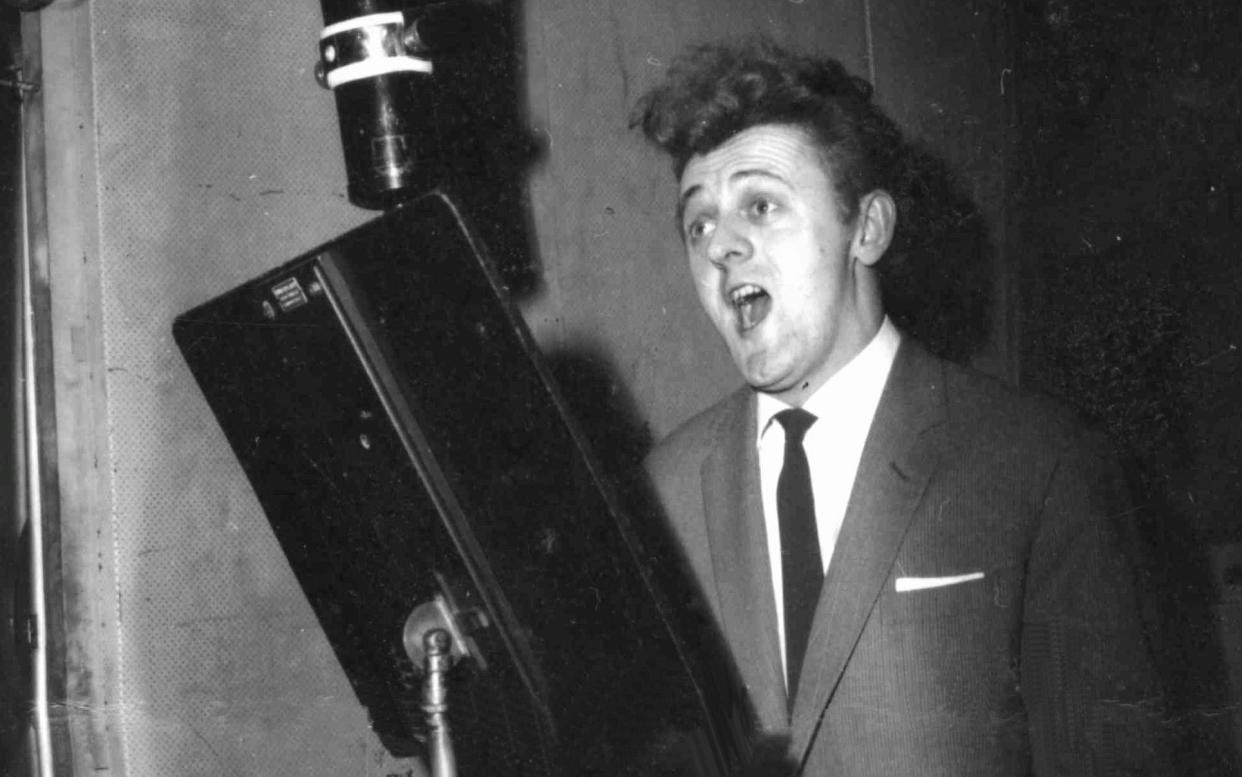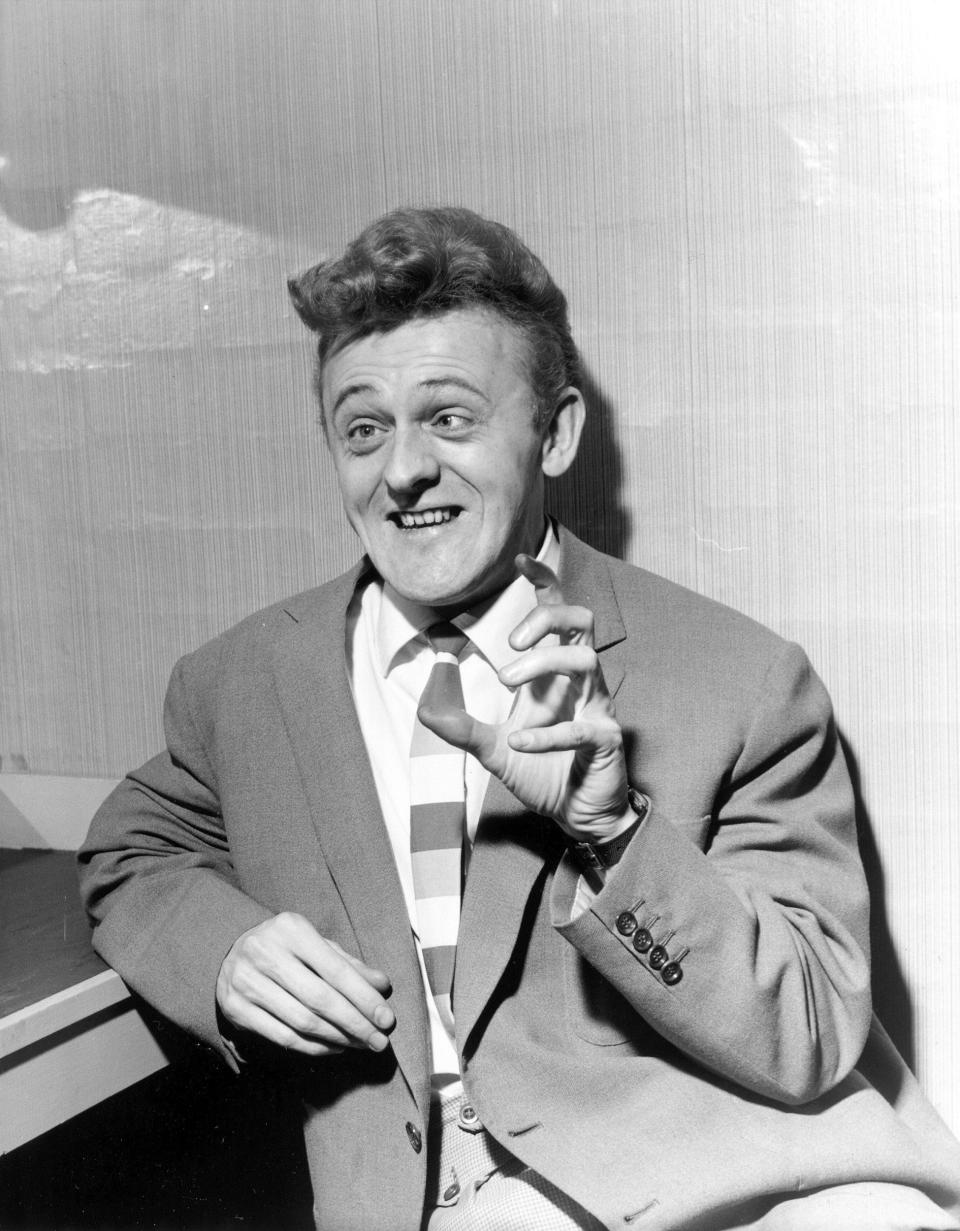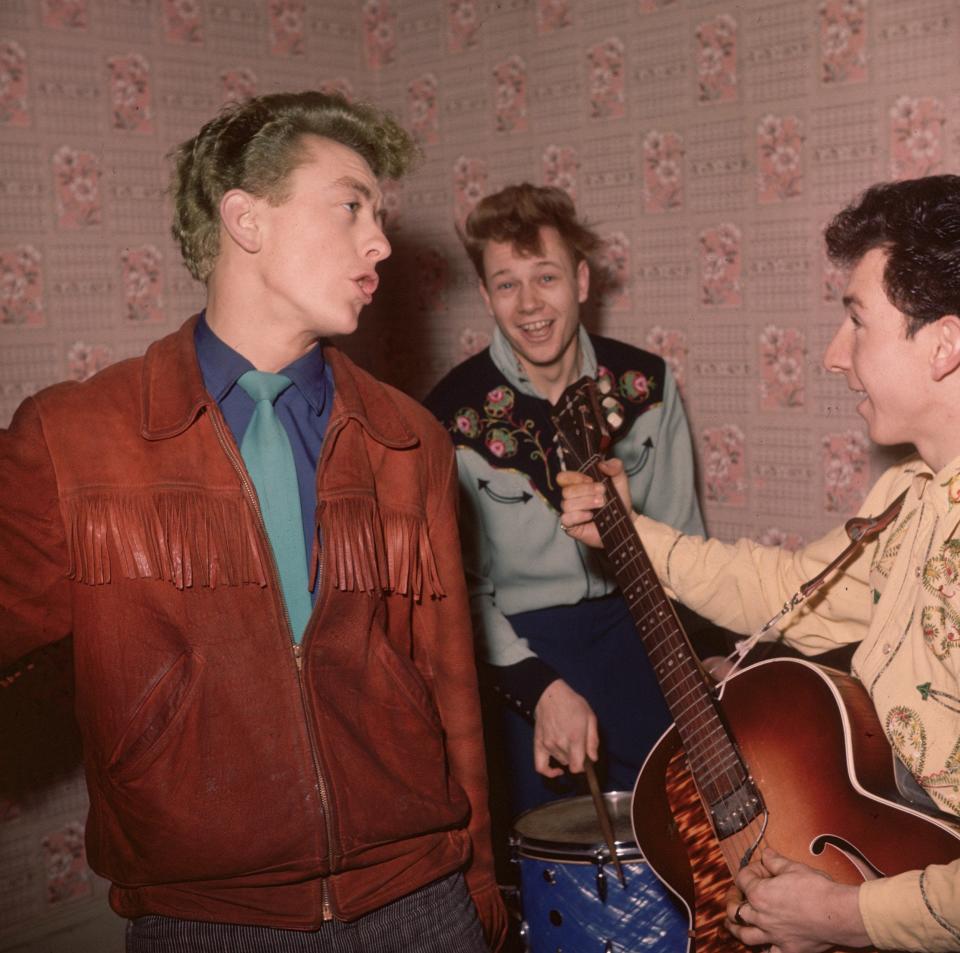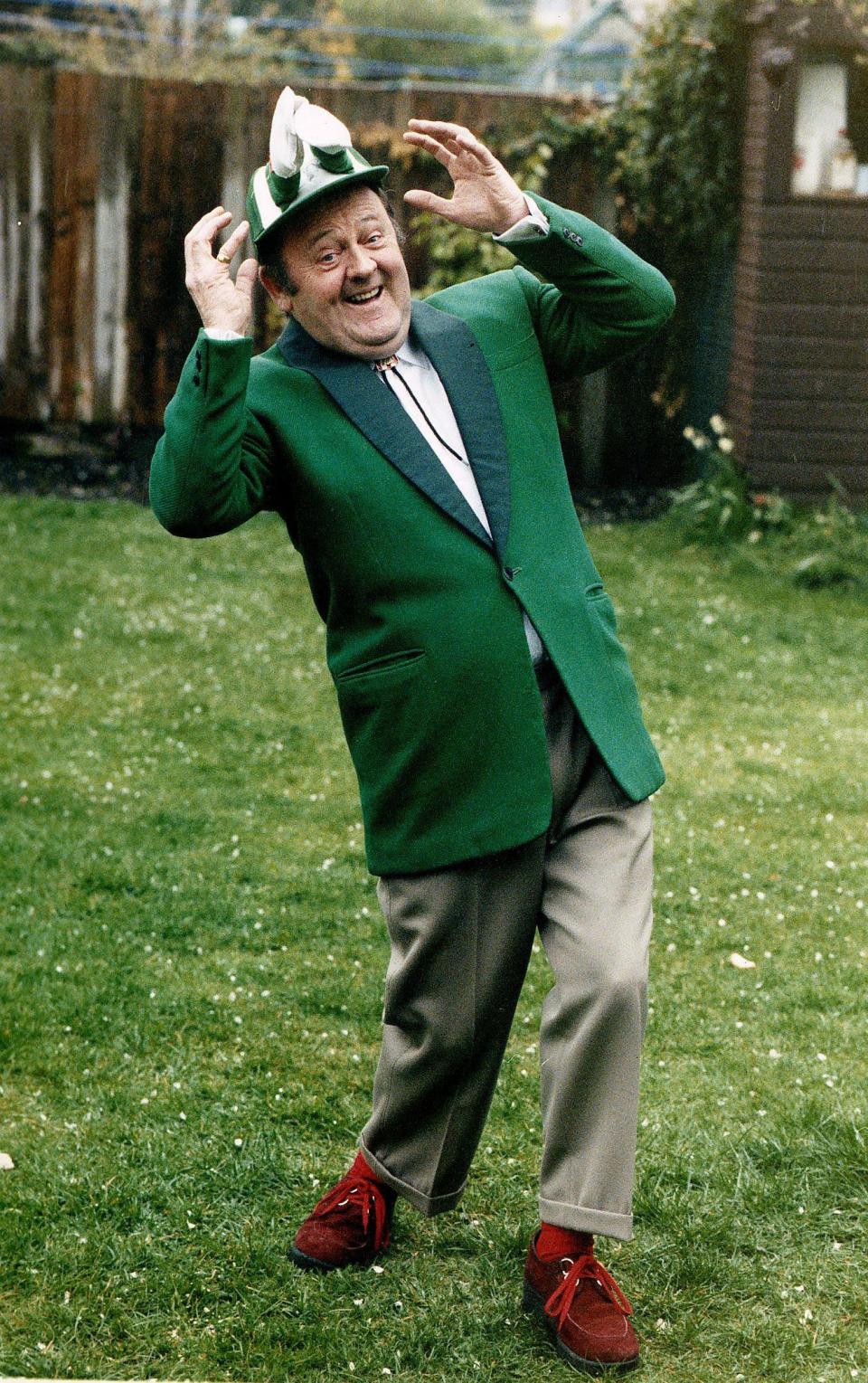Wee Willie Harris, eccentric Soho coffee-bar rocker who carved a place in pop history – obituary

Wee Willie Harris, who has died aged 90, was arguably the most eccentric rock’n’roller to emerge during the post-skiffle era in the late 1950s, famous for his shock of bright pink hair and manic energy.
With the look of Harpo Marx after a night in a steam cabinet, as one scribe put it, Harris was a singular oddity among the myriad Elvis Presley and Tommy Steele clones. Acclaimed the clown prince or wild man of pop, he sported the conventional tight Teddy Boy drainpipes and crepe-soled shoes, but his knee-length jacket was emblazoned with his name on the back in block letters like a wrestler – topped off by harlequin hair and an outsized polka-dot bow tie.
Early fans included pre-Beatles John Lennon and Paul McCartney, who were said to have queued for Harris’s autograph when he played the Liverpool Empire in 1958.

Bereft of a pop star’s polish, and with only a thin, guttural voice and a twitchy, almost vaudevillian perkiness, Harris gave antic renditions of numbers like Neil Sedaka’s I Go Ape (for which he was clad, caveman-style, in a leopard-skin leotard) which failed to propel him into the Top 10. But in 1966 – and already well into the twilight of his career – his recording of Someone’s In the Kitchen with Dinah (possibly supercharged by the uncredited supporting vocals of Dusty Springfield, then Britain’s leading female singer) reached No 39 in Radio London’s pick of the top 100.
By then Harris was languishing on the Northern club and pub circuit, and appearances in cabaret. In his nightclub act he poked fun at 1960s pop stars and larked about like a mad professor pouring “poison” into the punters’ drinks.
“Let’s face it: Willie, as a raver, was a never-wasser,” his manager reflected. But a suspicion that Harris was regarded as something of a joke rankled. “Willie is now earning vastly more than at the peak of his notoriety,” his agent insisted.
As an early rock relic, Harris proved durable. In the 1990s he appeared alongside the former gangster “Mad” Frankie Fraser in commercials for Campari, in a campaign to rid the Italian aperitif of its “girlie” image.
In his fleeting pomp, perming his hair and dyeing it pink (or blue, scarlet, orange, green, or whatever), and reportedly insuring it for £12,000 – Harris’s grotesquerie, certainly in the view of some, ultimately failed because he left any sexual fantasies unfulfilled.
The son of a Thames bargeman, he was born Charles William Harris on March 25 1933 in Bermondsey, south London, and worked as a pudding mixer at the local Peek Frean biscuit factory, and later as a meat porter, while singing in pubs and clubs during his spare time. He could not settle on a stage name, appearing as Charlie Harris, then “Fingers” Harris, playing piano in jazz clubs followed by Steve Murray when he began singing rock’n’roll in the tiny cellar at the 2i’s coffee bar in Old Compton Street, Soho .

As the self-taught resident pianist, Harris played alongside another Bermondsey boy, Tommy Steele, among others. When the club’s founder, a former Australian masked wrestler called Paul Lincoln, advised him to get a gimmick, Harris, at only 5 ft 2 in, decided on Wee Willie, a nod to his American idol Little Richard.
Sometimes billed as “a small ball of fire”, he played piano standing, kneeling, and occasionally with his chin, noted one onlooker of Harris’s act, “and gyrates like an exploding Catherine wheel, emitting growls, squeals and what sounds like severe hiccuping.” One wag likened Harris in fully frizzed spate to being grabbed by the short and curly.

In November 1957 he appeared live on the BBC Television pop show Six-Five Special, addressing the baffled presenter Gilbert Harding in the street slang of the day as “daddy-o”, and prompting concerns in the media about the BBC’s role in “promoting teenage decadence”. While his debut single, the self-penned Rockin’ At The 2i’s made little impression, it launched him on his first national tour in January 1958, remaining on the road for four months.
“The talent of Mr Harris is not easy to define,” opined the Liverpool Echo, “unless it be that he is the perfect caricature of the rock’n’roll singer.” He later modified his act, making it less gimmick-driven.
Harris liked to reminisce about blinking in the limelight, being kidnapped by Leicester University students as a rag day stunt in 1958 or the time outside the Empire Theatre in Liverpool in 1960 when a gang of Teddy Boys tried to overturn his tour coach and made off with three of his embroidered stage jackets.
Ian Dury and the Blockheads namechecked Harris in their 1979 Reasons to Be Cheerful (Part 3) along with their other heroes Buddy Holly and the Marx Brothers. Harris later recorded an album dedicated to Dury, Twenty Reasons to Be Cheerful (2000).
Harris was still performing as he turned 70, appearing at a show celebrating the 50th anniversary of rock’n’roll in 2004. His last release, I Go Ape – Rockin’ with Wee Willie Harris, appeared in 2018 to promote his biography.
His wife Sheila, whom he married in 1975, survives him.
Wee Willie Harris, born March 25 1933, died April 27 2023

 Yahoo News
Yahoo News 
